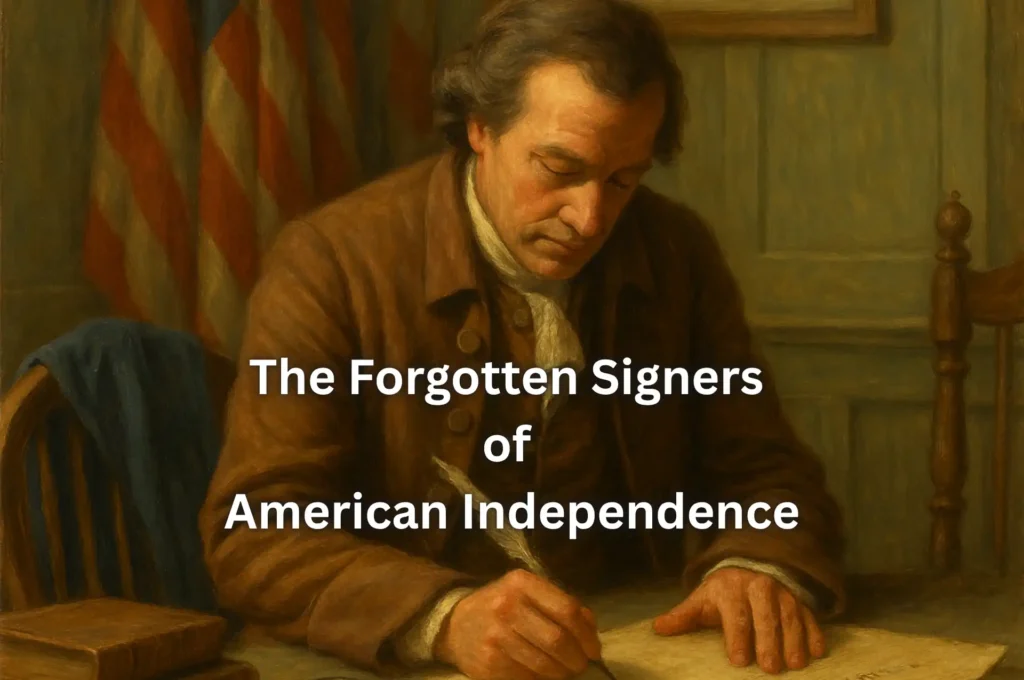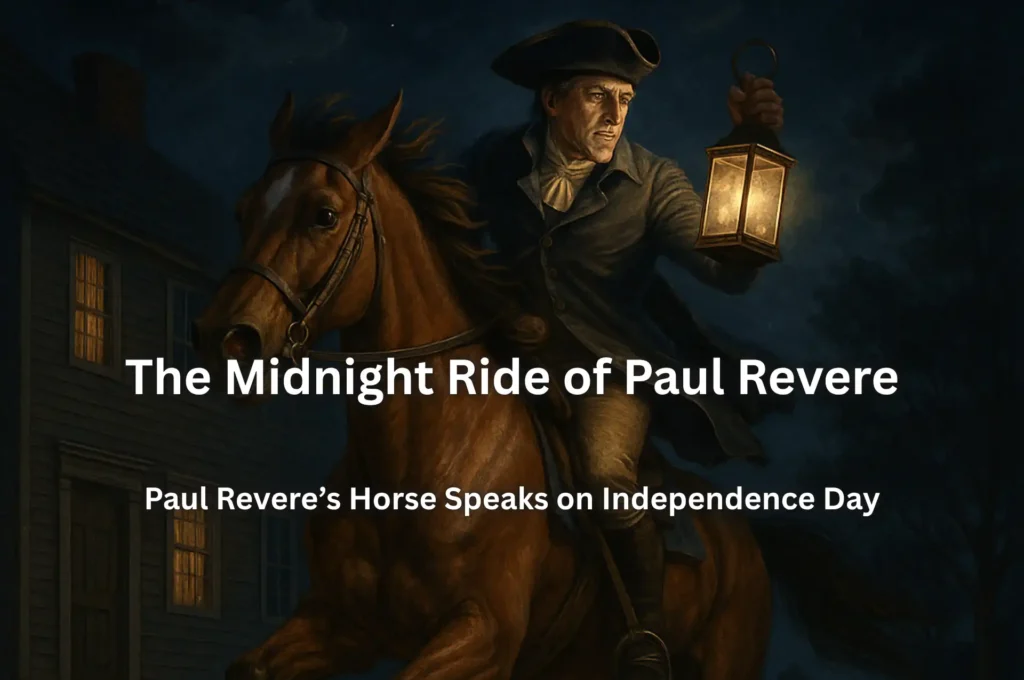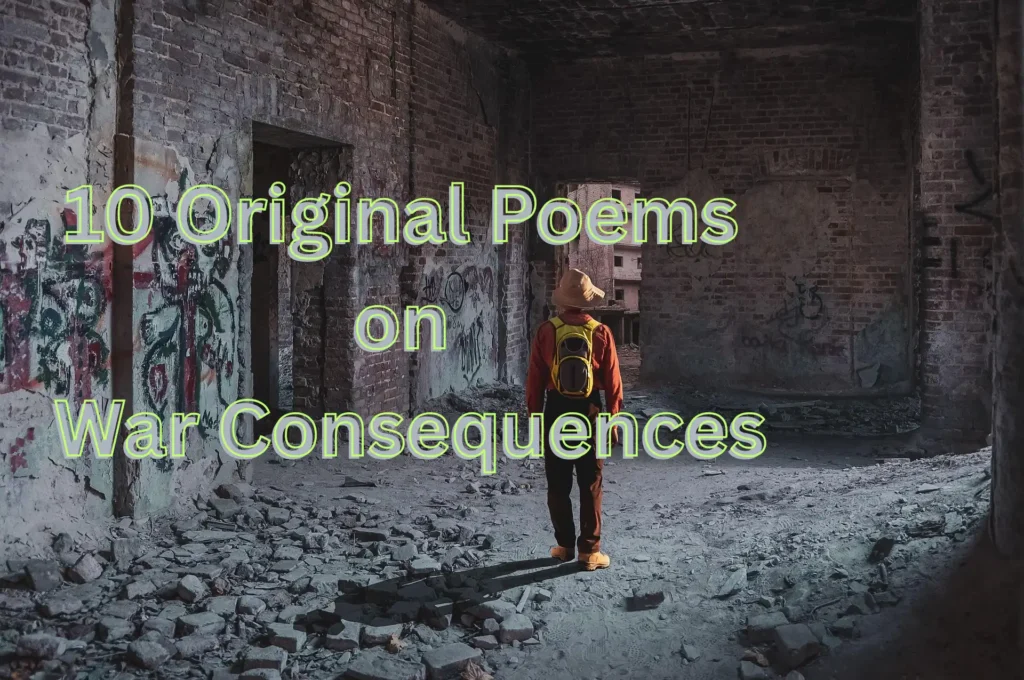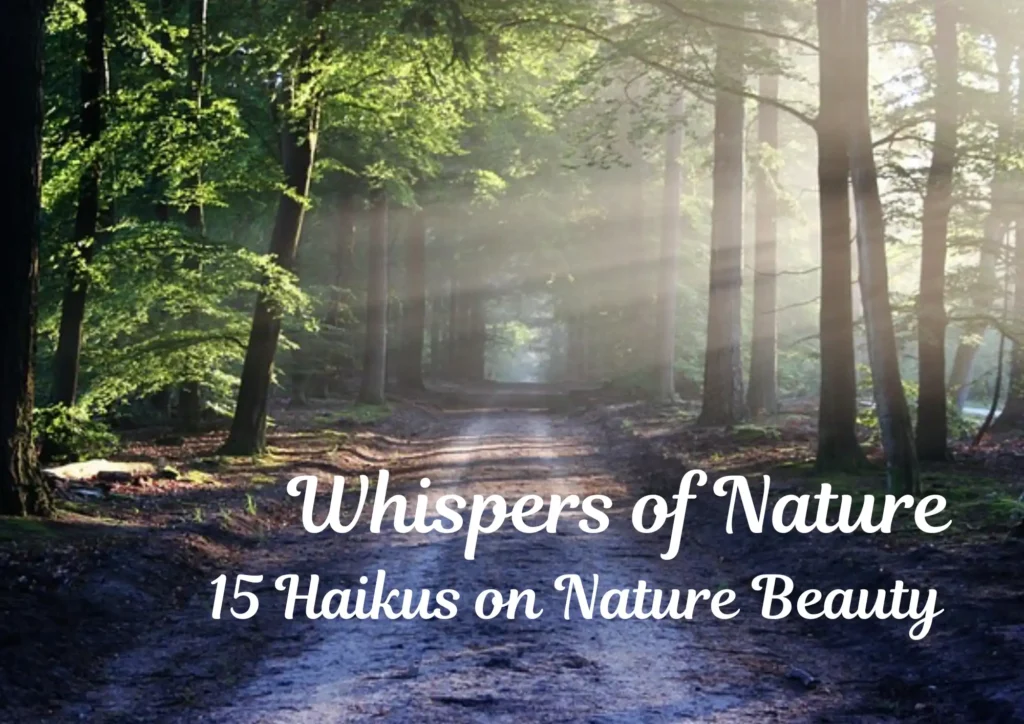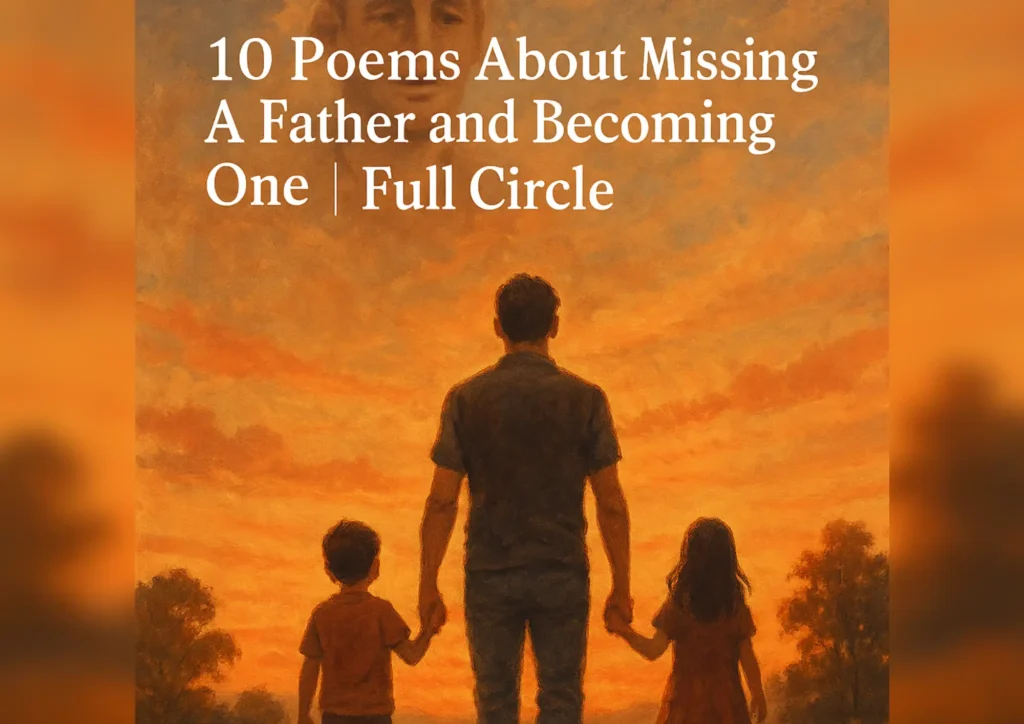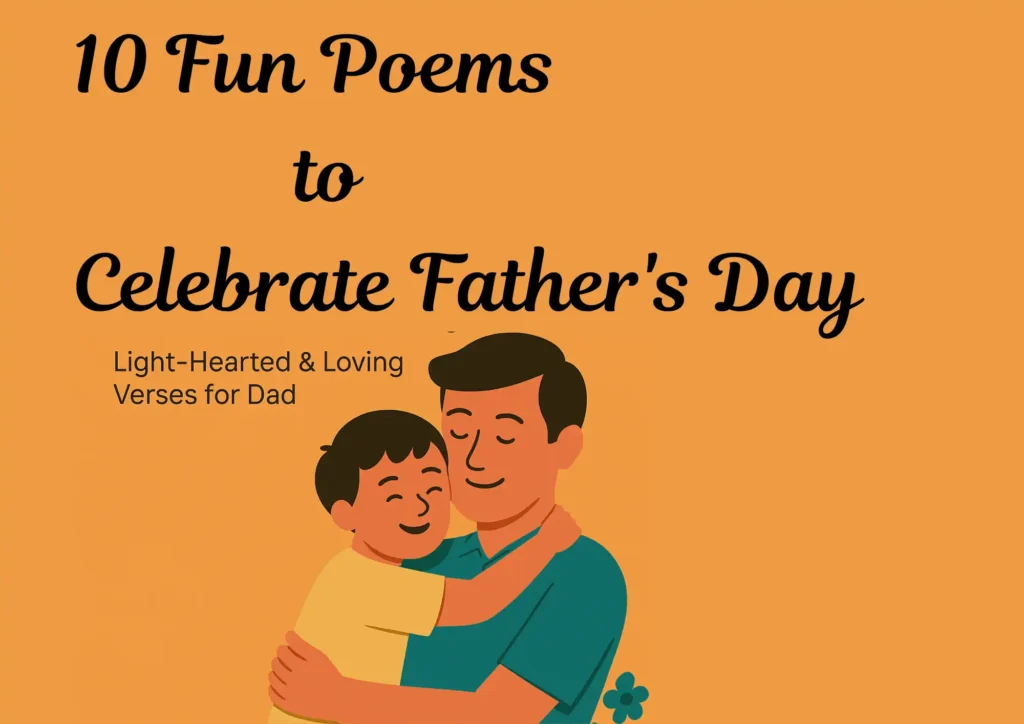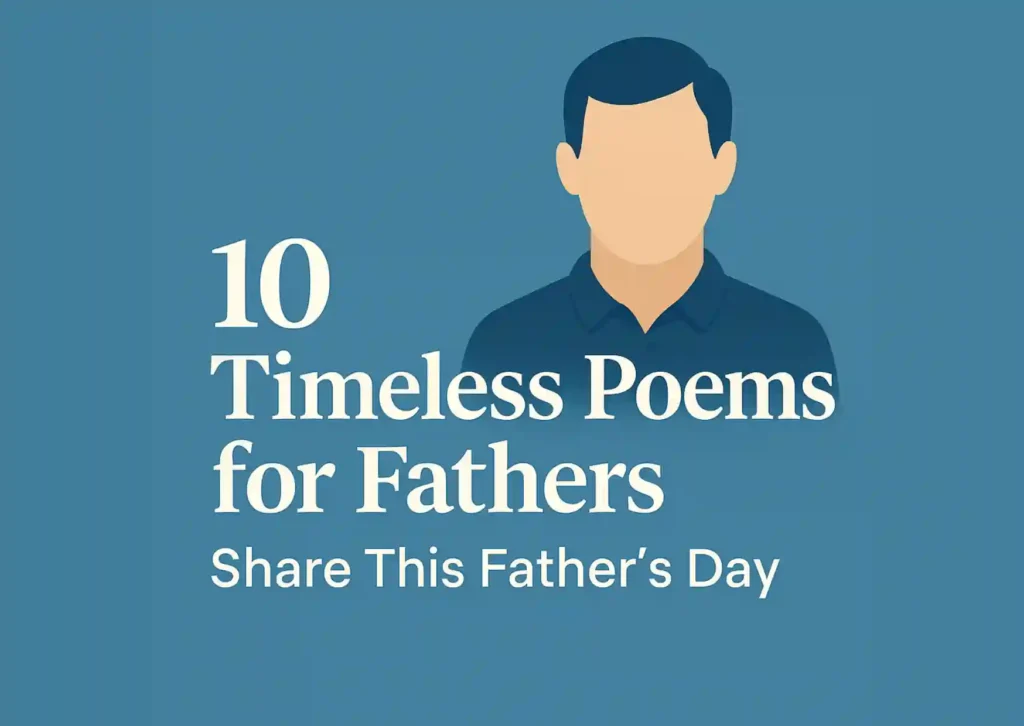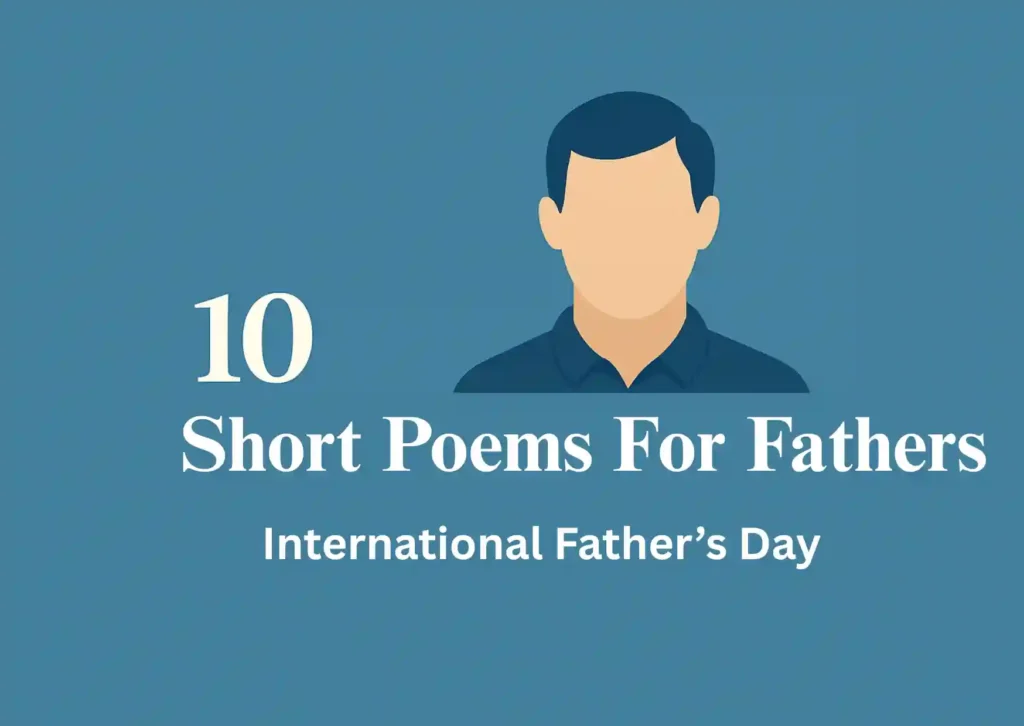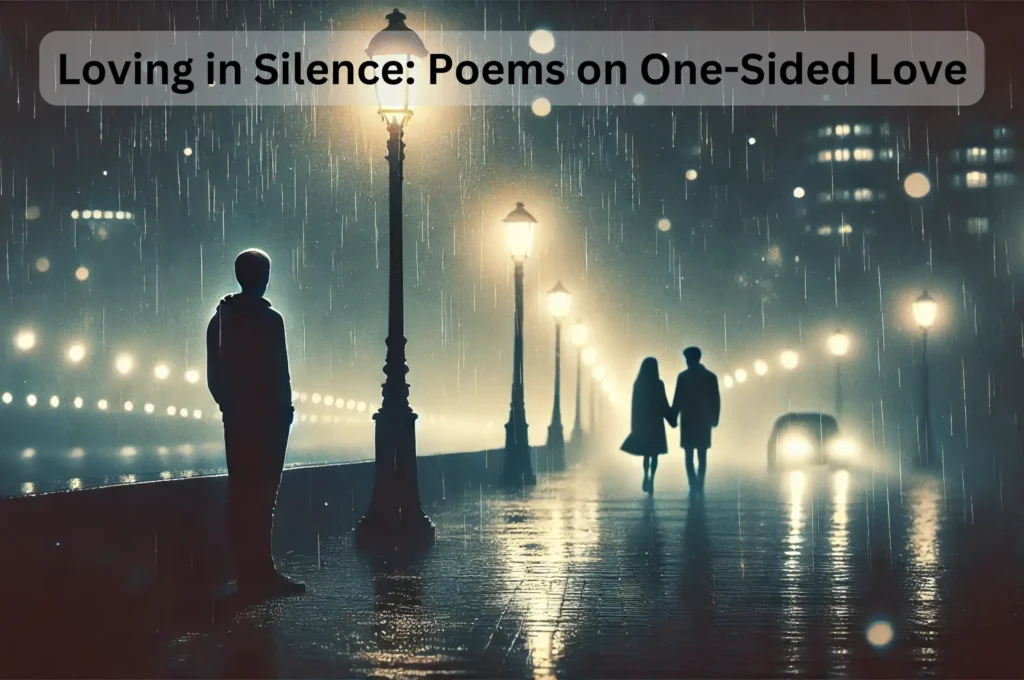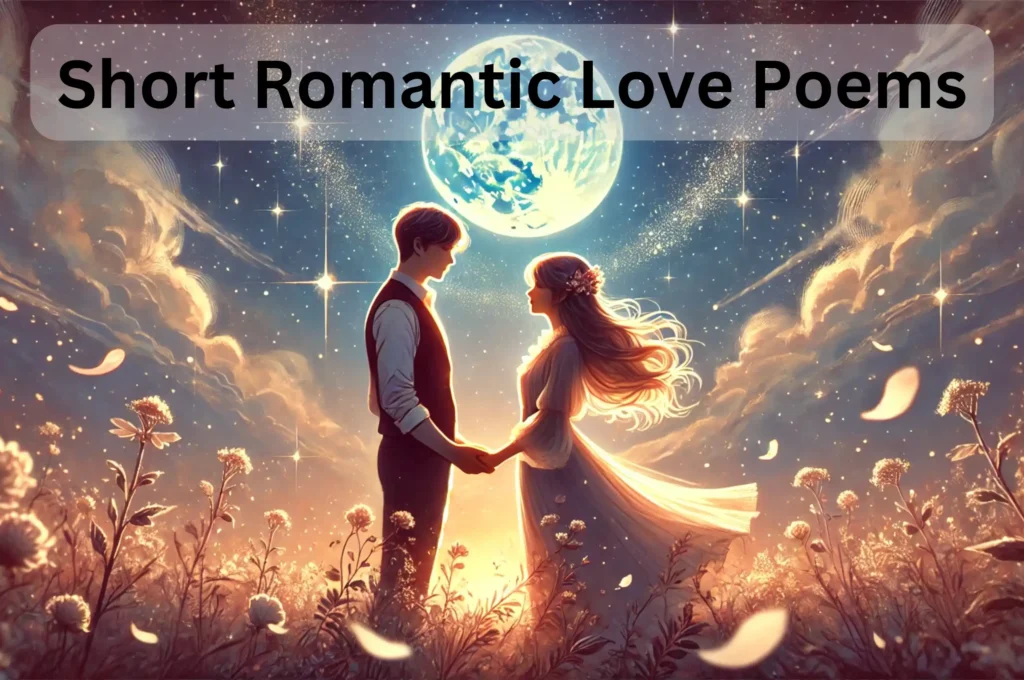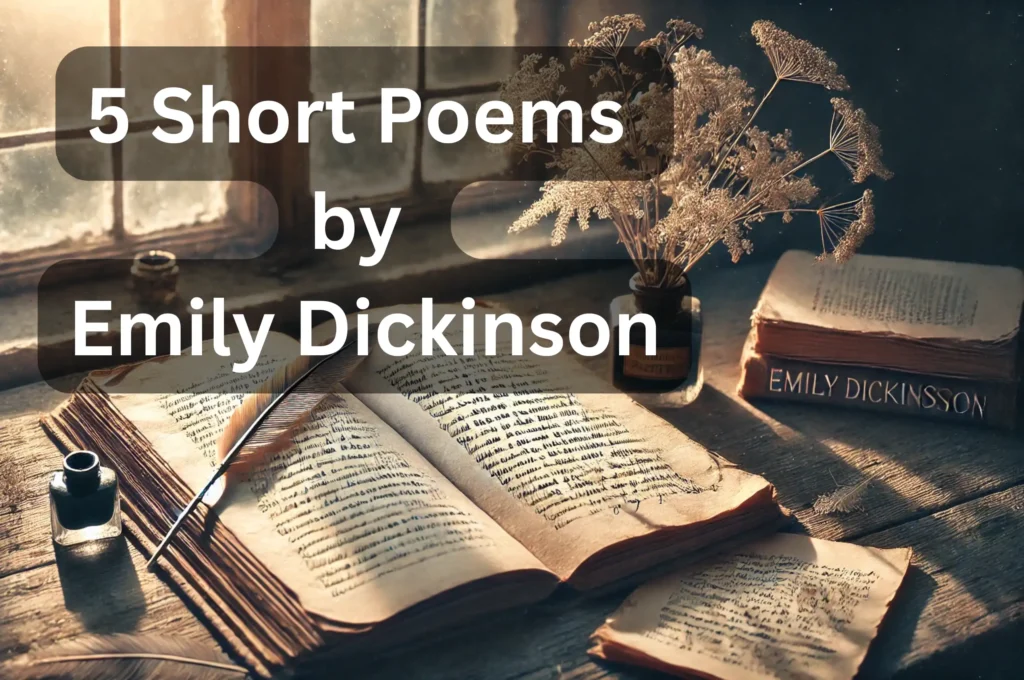The Bells by Edgar Allan Poe is a lyrical masterpiece that explores the passage of life through the symbolism of different types of bells. Written in 1848, the poem is known for its musical quality and rhythmic repetition, which mimic the actual sounds of bells. Poe uses the bells to represent four major life stages—joyful youth, romantic love, alarming crisis, and the inevitability of death. The poem is rich in imagery, sound devices, and an increasing sense of urgency as it progresses.
Poe’s use of onomatopoeia, alliteration, and repetition enhances the auditory experience, making readers feel as though they are hearing the bells themselves. As the poem unfolds, the bells’ sounds transform from cheerful and harmonious to chaotic and mournful, mirroring the journey of life from birth to death.
Explore: Poets and Poetry Page | Famous Quotes by Edgar Allan Poe | Edgar Allan Poe Biography | Poems by Edgar Allan Poe |
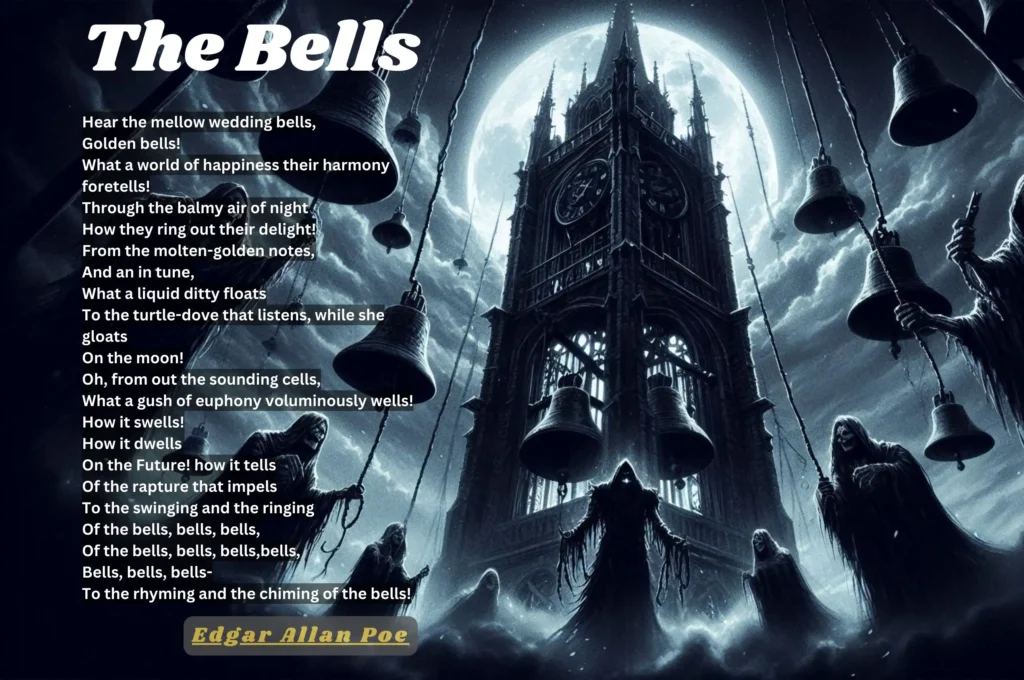
The Bells by Edgar Allan Poe
I
~ The Bells by Edgar Allan Poe
Hear the sledges with the bells-
Silver bells!
What a world of merriment their melody foretells!
How they tinkle, tinkle, tinkle,
In the icy air of night!
While the stars that oversprinkle
All the heavens, seem to twinkle
With a crystalline delight;
Keeping time, time, time,
In a sort of Runic rhyme,
To the tintinnabulation that so musically wells
From the bells, bells, bells, bells,
Bells, bells, bells-
From the jingling and the tinkling of the bells.
II
Hear the mellow wedding bells,
Golden bells!
What a world of happiness their harmony foretells!
Through the balmy air of night
How they ring out their delight!
From the molten-golden notes,
And an in tune,
What a liquid ditty floats
To the turtle-dove that listens, while she gloats
On the moon!
Oh, from out the sounding cells,
What a gush of euphony voluminously wells!
How it swells!
How it dwells
On the Future! how it tells
Of the rapture that impels
To the swinging and the ringing
Of the bells, bells, bells,
Of the bells, bells, bells,bells,
Bells, bells, bells-
To the rhyming and the chiming of the bells!
III
Hear the loud alarum bells-
Brazen bells!
What a tale of terror, now, their turbulency tells!
In the startled ear of night
How they scream out their affright!
Too much horrified to speak,
They can only shriek, shriek,
Out of tune,
In a clamorous appealing to the mercy of the fire,
In a mad expostulation with the deaf and frantic fire,
Leaping higher, higher, higher,
With a desperate desire,
And a resolute endeavor,
Now- now to sit or never,
By the side of the pale-faced moon.
Oh, the bells, bells, bells!
What a tale their terror tells
Of Despair!
How they clang, and clash, and roar!
What a horror they outpour
On the bosom of the palpitating air!
Yet the ear it fully knows,
By the twanging,
And the clanging,
How the danger ebbs and flows:
Yet the ear distinctly tells,
In the jangling,
And the wrangling,
How the danger sinks and swells,
By the sinking or the swelling in the anger of the bells-
Of the bells-
Of the bells, bells, bells,bells,
Bells, bells, bells-
In the clamor and the clangor of the bells!
IV
Hear the tolling of the bells-
Iron Bells!
What a world of solemn thought their monody compels!
In the silence of the night,
How we shiver with affright
At the melancholy menace of their tone!
For every sound that floats
From the rust within their throats
Is a groan.
And the people- ah, the people-
They that dwell up in the steeple,
All Alone
And who, tolling, tolling, tolling,
In that muffled monotone,
Feel a glory in so rolling
On the human heart a stone-
They are neither man nor woman-
They are neither brute nor human-
They are Ghouls:
And their king it is who tolls;
And he rolls, rolls, rolls,
Rolls
A paean from the bells!
And his merry bosom swells
With the paean of the bells!
And he dances, and he yells;
Keeping time, time, time,
In a sort of Runic rhyme,
To the paean of the bells-
Of the bells:
Keeping time, time, time,
In a sort of Runic rhyme,
To the throbbing of the bells-
Of the bells, bells, bells-
To the sobbing of the bells;
Keeping time, time, time,
As he knells, knells, knells,
In a happy Runic rhyme,
To the rolling of the bells-
Of the bells, bells, bells:
To the tolling of the bells,
Of the bells, bells, bells, bells-
Bells, bells, bells-
To the moaning and the groaning of the bells.
Line-by-Line Meaning and Analysis of The Bells by Edgar Allan Poe
Stanza 1: The Bells by Edgar Allan Poe
Hear the sledges with the bells-
~ The Bells by Edgar Allan Poe
Silver bells!
What a world of merriment their melody foretells!
How they tinkle, tinkle, tinkle,
In the icy air of night!
While the stars that oversprinkle
All the heavens, seem to twinkle
With a crystalline delight;
Keeping time, time, time,
In a sort of Runic rhyme,
To the tintinnabulation that so musically wells
From the bells, bells, bells, bells,
Bells, bells, bells-
From the jingling and the tinkling of the bells.
These lines introduce the poem with an uplifting and joyful tone. Poe describes “silver bells” on sledges, which are horse-drawn carriages commonly used in winter. The “merriment” they bring symbolizes happiness and excitement, particularly associated with youth, festivity, and the cheerful spirit of life.
This stanza represents the beginning of life, symbolized by the light, merry sound of silver bells. Poe uses repetition, rhythm, and sound devices to make the poem almost musical, mirroring the actual sound of bells. The imagery of stars, winter, and twinkling lights further enhances the feeling of happiness, innocence, and youthful excitement.
- “How they tinkle, tinkle, tinkle, / In the icy air of night!”
- The repetition of “tinkle” mimics the actual sound of the bells, creating an auditory effect that immerses the reader. The “icy air of night” suggests a cold winter scene, possibly evoking a sense of nostalgia or warmth despite the chill.
- “While the stars that oversprinkle / All the heavens, seem to twinkle / With a crystalline delight;”
- Poe uses imagery to create a visual parallel between the twinkling stars and the jingling bells. The words “crystalline delight” suggest purity, beauty, and innocence.
- “Keeping time, time, time, / In a sort of Runic rhyme,”
- The bells follow a rhythm, almost as if they are narrating a mysterious story through “Runic rhyme”—a reference to ancient, mystical, or sacred inscriptions. This suggests that the bells have a deeper significance beyond their joyful sound.
- “To the tintinnabulation that so musically wells”
- “Tintinnabulation” is a word coined by Poe to describe the ringing or jingling of bells. The use of this word enhances the musical quality of the verse, making the poem itself feel like a song.
- “From the bells, bells, bells, bells, / Bells, bells, bells-“
- The repetition of “bells” creates an echoing effect, reinforcing the idea of continuous, rhythmic ringing. It also immerses the reader in the soundscape of the poem.
- “From the jingling and the tinkling of the bells.”
- This final line reinforces the cheerful and delicate nature of the silver bells, symbolizing a carefree, innocent stage of life filled with joy.
Stanza 2: The Bells by Edgar Allan Poe
Hear the mellow wedding bells,
~ The Bells by Edgar Allan Poe
Golden bells!
What a world of happiness their harmony foretells!
Through the balmy air of night
How they ring out their delight!
From the molten-golden notes,
And an in tune,
What a liquid ditty floats
To the turtle-dove that listens, while she gloats
On the moon!
Oh, from out the sounding cells,
What a gush of euphony voluminously wells!
How it swells!
How it dwells
On the Future! how it tells
Of the rapture that impels
To the swinging and the ringing
Of the bells, bells, bells,
Of the bells, bells, bells,bells,
Bells, bells, bells-
To the rhyming and the chiming of the bells!
This stanza shifts from the silver bells of youthful joy to the golden bells of wedding celebrations, symbolizing love, unity, and the bliss of marriage. The tone remains joyful but is now more mature, representing the transition from youthful excitement to the harmony of adult relationships.
- “Hear the mellow wedding bells, / Golden bells!”
- The word “mellow” suggests a smooth, pleasant sound, symbolizing the peace and warmth of marriage.
- “Golden bells” contrast with the “silver bells” from the first stanza, indicating a shift from childhood innocence to the golden phase of love and commitment.
- “What a world of happiness their harmony foretells!”
- The wedding bells create a sense of harmony, symbolizing the joy of a union that promises a future filled with love and companionship.
- “Through the balmy air of night / How they ring out their delight!”
- The “balmy air” suggests a warm, comforting atmosphere, enhancing the romantic and celebratory mood of a wedding night.
- “From the molten-golden notes, / And an in tune,”
- The “molten-golden notes” compare the sound of the bells to liquid gold, emphasizing their richness and beauty.
- The phrase “in tune” reflects the unity and synchronization of two souls coming together in marriage.
- “What a liquid ditty floats / To the turtle-dove that listens, while she gloats / On the moon!”
- “Liquid ditty” refers to a melodious, flowing song, reinforcing the musical quality of the bells.
- The turtle-dove, a symbol of love and devotion, listens to the bells, emphasizing the theme of romance.
- The dove “gloats on the moon”, indicating deep satisfaction, as the moon is often associated with love and longing.
- “Oh, from out the sounding cells, / What a gush of euphony voluminously wells!”
- “Sounding cells” refer to the bell towers, from which the beautiful sound emerges.
- “A gush of euphony” describes the overwhelming musical beauty of the bells, reinforcing the joyous nature of weddings.
- “How it swells! / How it dwells / On the Future! how it tells / Of the rapture that impels”
- The rising and falling rhythm of the bells mirrors the emotional highs of a wedding celebration.
- The reference to the Future suggests that weddings mark the beginning of a shared journey full of hope and love.
- “Rapture that impels” conveys the passionate excitement that drives couples forward into their new life together.
- “To the swinging and the ringing / Of the bells, bells, bells, / Of the bells, bells, bells, bells, / Bells, bells, bells-“
- The repetition mimics the persistent, joyful ringing of wedding bells, reinforcing the theme of celebration.
- “To the rhyming and the chiming of the bells!”
- The “rhyming and chiming” emphasize the musical quality of the wedding bells, symbolizing a harmonious union.
Stanza 3: The Bells by Edgar Allan Poe
Hear the loud alarum bells-
~ The Bells by Edgar Allan Poe
Brazen bells!
What a tale of terror, now, their turbulency tells!
In the startled ear of night
How they scream out their affright!
Too much horrified to speak,
They can only shriek, shriek,
Out of tune,
In a clamorous appealing to the mercy of the fire,
In a mad expostulation with the deaf and frantic fire,
Leaping higher, higher, higher,
With a desperate desire,
And a resolute endeavor,
Now- now to sit or never,
By the side of the pale-faced moon.
Oh, the bells, bells, bells!
What a tale their terror tells
Of Despair!
How they clang, and clash, and roar!
What a horror they outpour
On the bosom of the palpitating air!
Yet the ear it fully knows,
By the twanging,
And the clanging,
How the danger ebbs and flows:
Yet the ear distinctly tells,
In the jangling,
And the wrangling,
How the danger sinks and swells,
By the sinking or the swelling in the anger of the bells-
Of the bells-
Of the bells, bells, bells,bells,
Bells, bells, bells-
In the clamor and the clangor of the bells!
This stanza sharply contrasts with the previous ones, shifting from the joy of wedding bells to the chaos of alarm bells. The “brazen bells” symbolize danger, urgency, and impending doom, likely referencing fire, war, or disaster. The mood is one of fear, panic, and destruction.
- “Hear the loud alarum bells— / Brazen bells!”
- “Alarum” means alarm, signaling emergency and danger.
- “Brazen bells” (made of brass) produce a harsh, metallic sound, representing crisis and urgency.
- “What a tale of terror, now, their turbulency tells!”
- The bells themselves seem to narrate a terrifying story through their chaotic ringing.
- “Turbulency” suggests disorder, reinforcing the frantic atmosphere.
- “In the startled ear of night / How they scream out their affright!”
- The bells personify fear, as if they are screaming in terror.
- The “startled ear of night” suggests that even the stillness of night is disturbed by the alarm.
- “Too much horrified to speak, / They can only shriek, shriek, / Out of tune,”
- Unlike the harmonious bells of the previous stanzas, these bells are “out of tune,” emphasizing disorder and chaos.
- “Shriek, shriek” mimics the high-pitched, jarring sound of alarm bells, intensifying the sense of panic.
- “In a clamorous appealing to the mercy of the fire, / In a mad expostulation with the deaf and frantic fire,”
- The bells seem to plead for mercy, as if they are trying to stop the raging fire (a likely disaster).
- “Mad expostulation” (futile argument) implies that their cries are useless because fire is “deaf and frantic,” destroying everything in its path.
- “Leaping higher, higher, higher, / With a desperate desire,”
- The fire’s movement is described as leaping, suggesting it is growing uncontrollably.
- The repetition of “higher, higher, higher” mirrors the spreading flames.
- “And a resolute endeavor, / Now—now to sit or never, / By the side of the pale-faced moon.”
- The fire rises so high that it seems to challenge the moon itself.
- “Pale-faced moon” suggests fear, as if even the celestial body is alarmed.
- “Oh, the bells, bells, bells! / What a tale their terror tells / Of Despair!”
- The repetition of “bells” intensifies the chaotic ringing, making the reader feel trapped in the horror.
- “Despair” signals utter hopelessness, as the alarm bells indicate impending doom.
- “How they clang, and clash, and roar! / What a horror they outpour / On the bosom of the palpitating air!”
- The verbs “clang, clash, roar” create a harsh, discordant sound, mimicking the relentless ringing.
- “Palpitating air” suggests the very air is trembling in fear.
- “Yet the ear it fully knows, / By the twanging, / And the clanging, / How the danger ebbs and flows:”
- The sound of the bells reflects the intensity of danger, rising and falling like waves.
- “Yet the ear distinctly tells, / In the jangling, / And the wrangling, / How the danger sinks and swells,”
- The rhythm of the bells reveals the shifting intensity of danger, alternating between moments of extreme peril and brief respite.
- “By the sinking or the swelling in the anger of the bells— / Of the bells— / Of the bells, bells, bells, bells, / Bells, bells, bells—”
- The repetition and varying rhythm make the reader feel overwhelmed, just as the relentless ringing would in real life.
- The “anger of the bells” personifies them as furious, reinforcing the theme of destruction.
- “In the clamor and the clangor of the bells!”
- The stanza ends with a crescendo of chaotic noise, leaving the reader feeling unsettled.
Stanza 4: The Bells by Edgar Allan Poe
Hear the tolling of the bells-
~ The Bells by Edgar Allan Poe
Iron Bells!
What a world of solemn thought their monody compels!
In the silence of the night,
How we shiver with affright
At the melancholy menace of their tone!
For every sound that floats
From the rust within their throats
Is a groan.
And the people- ah, the people-
They that dwell up in the steeple,
All Alone
And who, tolling, tolling, tolling,
In that muffled monotone,
Feel a glory in so rolling
On the human heart a stone-
They are neither man nor woman-
They are neither brute nor human-
They are Ghouls:
And their king it is who tolls;
And he rolls, rolls, rolls,
Rolls
A paean from the bells!
And his merry bosom swells
With the paean of the bells!
And he dances, and he yells;
Keeping time, time, time,
In a sort of Runic rhyme,
To the paean of the bells-
Of the bells:
Keeping time, time, time,
In a sort of Runic rhyme,
To the throbbing of the bells-
Of the bells, bells, bells-
To the sobbing of the bells;
Keeping time, time, time,
As he knells, knells, knells,
In a happy Runic rhyme,
To the rolling of the bells-
Of the bells, bells, bells:
To the tolling of the bells,
Of the bells, bells, bells, bells-
Bells, bells, bells-
To the moaning and the groaning of the bells.
This stanza represents the final stage of life—death and despair. Unlike the joyful silver and golden bells or the frantic alarm bells, the iron bells are slow, heavy, and mournful. Poe personifies the ghoulish bell-ringers and introduces a king of the dead, emphasizing the supernatural power of death. The bells no longer bring happiness or urgency—they bring sorrow, inevitability, and eternal silence.
This dark, gothic imagery and haunting repetition make the reader feel the weight of mortality, making this a chilling and unforgettable conclusion to the poem.\
“Hear the tolling of the bells— / Iron Bells!”
- Unlike the silver wedding bells or the brazen alarm bells, “iron bells” symbolize death, finality, and inescapable fate.
- “Tolling” is a slow, repetitive sound typically associated with funerals and mourning.
“What a world of solemn thought their monody compels!”
- “Monody” refers to a sad, mournful song, reinforcing the theme of grief.
- The sound of these bells forces deep, serious reflection on death.
“In the silence of the night, / How we shiver with affright / At the melancholy menace of their tone!”
- The bells ring in the dead of night, making their sound even more ominous.
- “Shiver with affright” (fear) and “melancholy menace” highlight the haunting nature of these bells.
“For every sound that floats / From the rust within their throats / Is a groan.”
- The bells themselves are decaying and old, much like death and decay.
- Instead of music, they “groan,” making them seem alive yet suffering.
“And the people—ah, the people— / They that dwell up in the steeple, / All Alone”
- The bell-ringers in the steeple are described as isolated and eerie.
- “All Alone” suggests a separation from ordinary life, making them seem ghostly.
“And who, tolling, tolling, tolling, / In that muffled monotone, / Feel a glory in so rolling / On the human heart a stone—”
- The repetition of “tolling” mimics the repetitive, inescapable sound of the funeral bells.
- The bell-ringers find satisfaction in weighing down the human heart with sorrow, showing death’s power over life.
“They are neither man nor woman— / They are neither brute nor human— / They are Ghouls:”
- The bell-ringers are not ordinary people; they have become something inhuman, monstrous.
- “Ghouls” are supernatural creatures that feed on the dead, reinforcing the deathly atmosphere.
“And their king it is who tolls; / And he rolls, rolls, rolls, / Rolls / A paean from the bells!”
- The king of the ghouls (perhaps Death itself) is the one ringing the bells.
- “Rolls, rolls, rolls” mimics the continuous, unrelenting ringing.
- A “paean” is usually a song of triumph, but here, it is a twisted victory song of death.
“And his merry bosom swells / With the paean of the bells!”
- The ghoul king takes pleasure in the sound of the bells, showing how death is relentless and inevitable.
“And he dances, and he yells; / Keeping time, time, time, / In a sort of Runic rhyme,”
- Death is mocking life, dancing and yelling in joy at its control over humans.
- The Runic rhyme suggests an ancient, mystical, or fated rhythm, reinforcing the inevitability of death.
“To the throbbing of the bells— / Of the bells, bells, bells— / To the sobbing of the bells;”
- The bells are no longer just ringing; they are “throbbing” (pulsing) and “sobbing” (weeping).
- Death is not just feared but deeply mourned.
“Keeping time, time, time, / As he knells, knells, knells, / In a happy Runic rhyme,”
- “Knells” means ringing a slow, mournful bell for the dead, further emphasizing funerals.
- The contrast of “happy” with “knells” creates irony—death celebrates, while the living mourn.
“To the moaning and the groaning of the bells.”
- The final image is one of sorrow and suffering, as the bells now seem to moan and groan like tortured souls.
- This leaves the reader with a sense of unease, mourning, and the inescapability of death.
Summary The Bells by Edgar Allan Poe
The Bells takes the reader on an auditory and emotional journey through four distinct stages of life. The silver bells represent the lighthearted joys of childhood, while the golden wedding bells symbolize love and happiness in adulthood. As the poem progresses, the brazen alarm bells reflect fear, turmoil, and inevitable hardship. Finally, the iron funeral bells bring a somber conclusion, signifying death and the passage into the unknown. Through the use of sound and imagery, Poe creates an immersive experience that mirrors the rise and fall of human existence.
Themes in The Bells by Edgar Allan Poe
- The Passage of Time – The progression from joyful sleigh bells to mournful funeral bells symbolizes the inevitable journey through life.
- The Power of Sound – Poe uses sound devices to create an auditory experience that evokes emotion and enhances meaning.
- Life’s Joys and Sorrows – The poem explores the contrast between moments of happiness and the struggles that lead to an inevitable end.
- Mortality and Fate – The poem ultimately reflects on death as an unavoidable conclusion, reminding readers of the transient nature of life.
Conclusion: The Bells by Edgar Allan Poe
Poe’s The Bells is a rhythmic meditation on the journey of life, filled with highs and lows, love and fear, joy and sorrow. As you read through the poem, which stanza resonates with you the most? Do you find the transition from joy to despair reflective of your own experiences? Share your thoughts on how Poe’s imagery and sound devices impact your understanding of life’s fleeting nature!
List of Poets in Alphabetical Order
कवियों की सूची
List of Poets in Alphabetical Order
कवियों की सूची
Explore our Literature YouTube Channels:
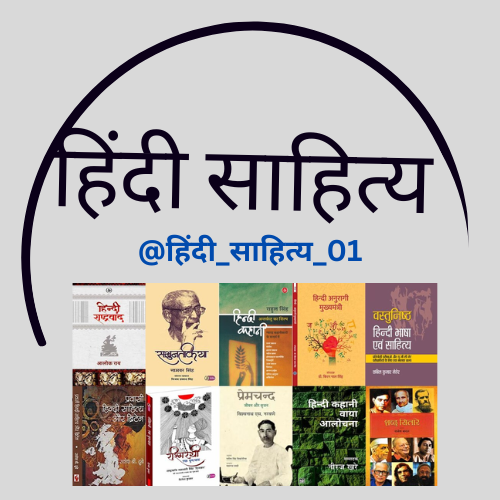
YouTube Channel Link:
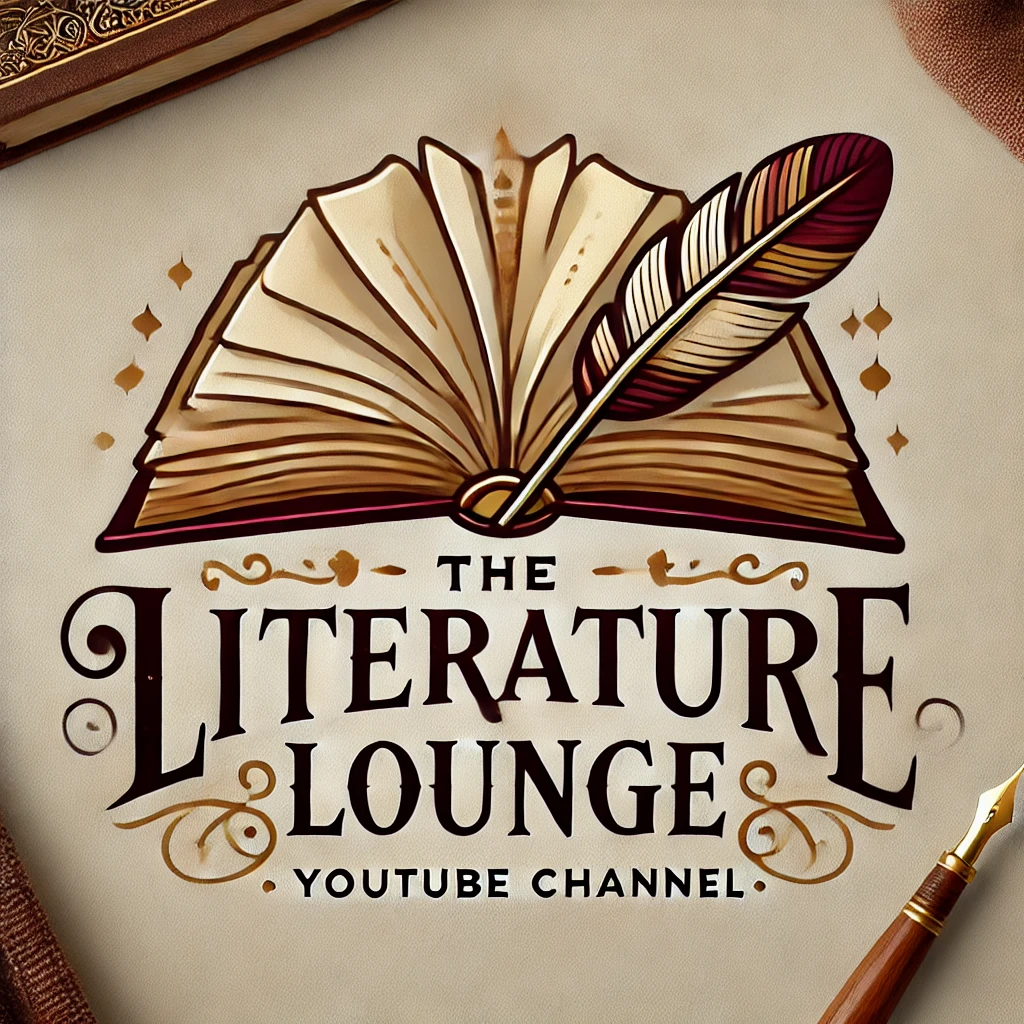
YouTube Channel Link:

YouTube Channel Link:
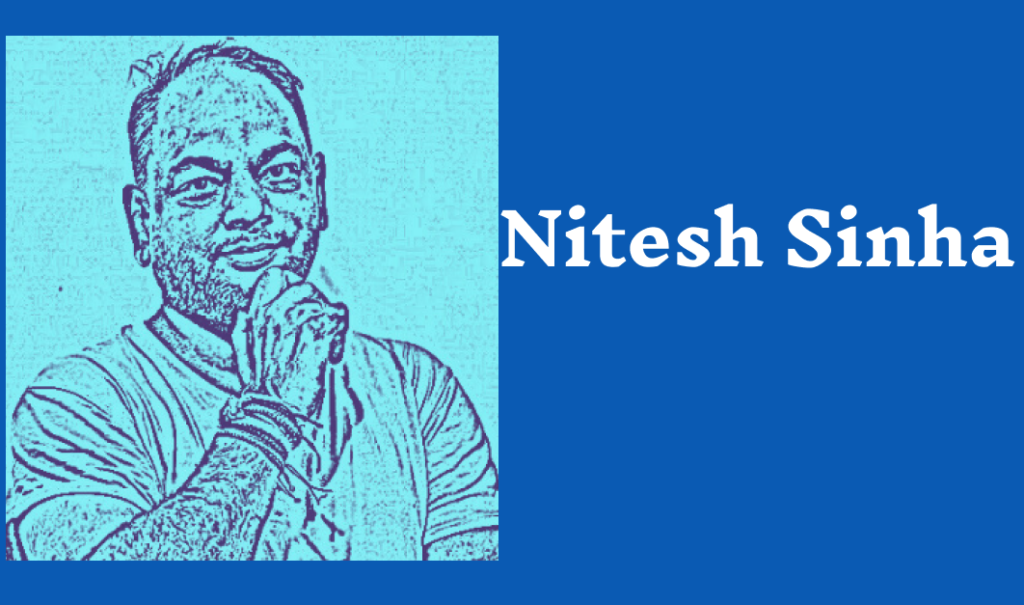
YouTube Channel Link

